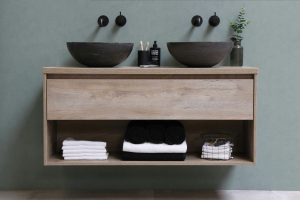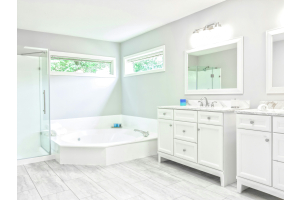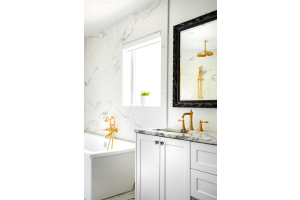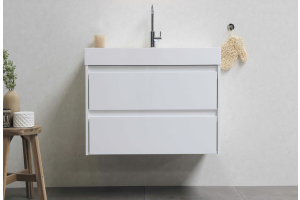Installing kitchen cabinets is a great way to add value to your home. Don’t underestimate the authority that kitchen cabinets add to your atmosphere–it is a simple installation that is highly appealing and versatile. After all, who doesn’t want to be the envy of your neighborhood when their friends come over to visit? With the right tools and some basic knowledge, anyone can install their own kitchen cabinets in just a few hours.
With tall kitchen cabinets, you’ll add a new layer to your kitchen and increase your storage space. Whether you're replacing existing cabinetry or building from scratch, this guide will help you better understand the steps involved. If you already know how to tell what kitchen cabinets are made of, the next step is to learn how to install them.
Select Suitable Installation Hardware and Equipment
Before beginning, it's important to consider what type of hardware and equipment you will need–this will ensure that the cabinets are fitted securely and safely. When selecting hardware, look at factors such as durability, cost-effectiveness, and ease of use. By doing so, you can ensure that you select the best items for a successful installation.
Decide on the Placement of Your Tall Kitchen Cabinets
As soon as your cabinet arrives, open the package and make sure that you have everything you ordered. Then, given the large size of a tall kitchen cabinet, it is important to take time and assess the space before deciding where it should go. Having a plan will make the installation a smoother process. Make a note of where the electrical outlets and plugs are located, and think about the cabinet's style, how it fits in with your overall design, and how accessible it will be. Once you have chosen the cabinet’s location, draw lines on your wall to ensure proper placement when installing. This extra work can help you avoid problems.
Measure the Space and Look Out For Bumps
Before starting your cabinet installation, you should measure the space you will be using. Then, locate any high spots or bumps in the floor or wall where the cabinet will go. Take into consideration any wall irregularities and window cutouts, and make sure to have enough room for the procedure. This is an important step to ensure everything is as level and even as possible before beginning the installation process. Bumps and dents can potentially create difficulties throughout the installation, so make sure to get this step out of the way first.
Install the Upper Cabinets First
When it comes to cabinet installation, it is recommended to install the upper cabinets first before moving on to the lower. Starting from the ceiling down allows for easier maneuverability. After the cabinet boxes are secured to the wall and to each other, they need to be connected firmly.
The simplest method is by using a mechanical toggle with a screwdriver. This requires access to both sides of the cabinet as well as an electrical outlet, which is why you need to plan ahead, otherwise the process can be tricky if your cabinet is in a tight spot. Once the cabinets are connected, you can also use glue along the seams for extra security.
In Summary
Now that you know all the steps to install tall kitchen cabinets, you’re ready to get started on your own kitchen renovation. Wondering what high-end kitchen cabinets are made of? Be sure to check our latest post!





